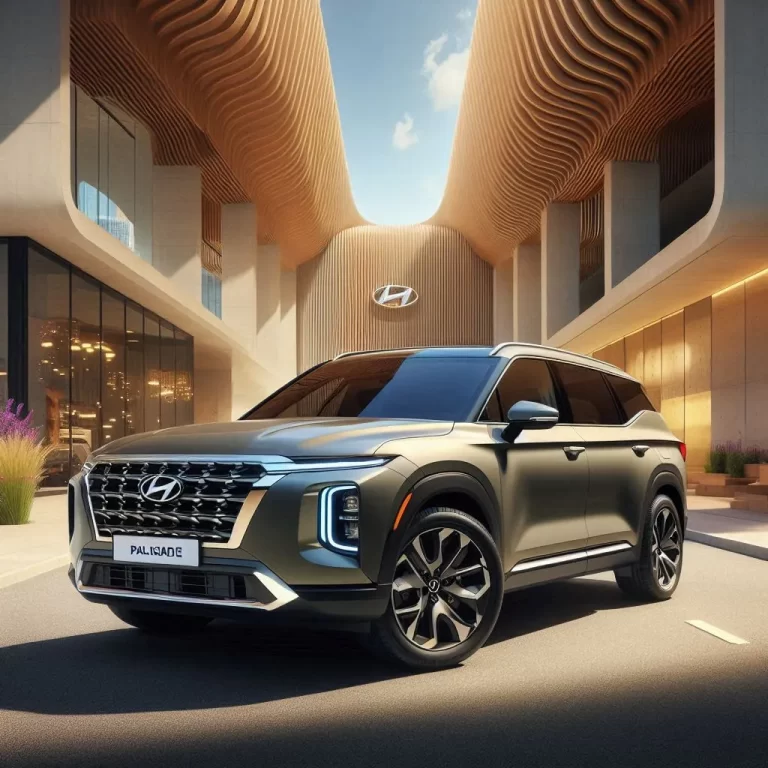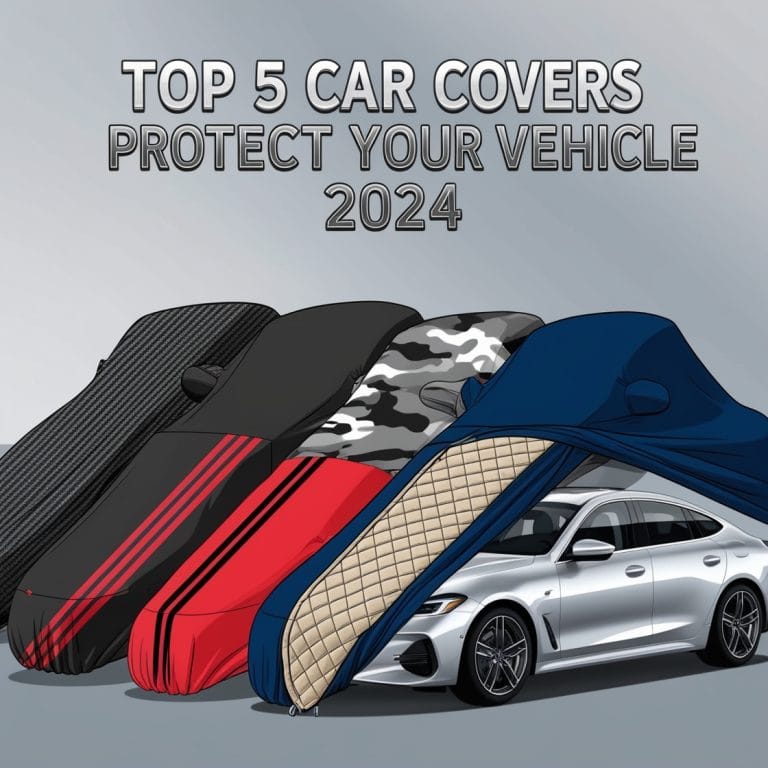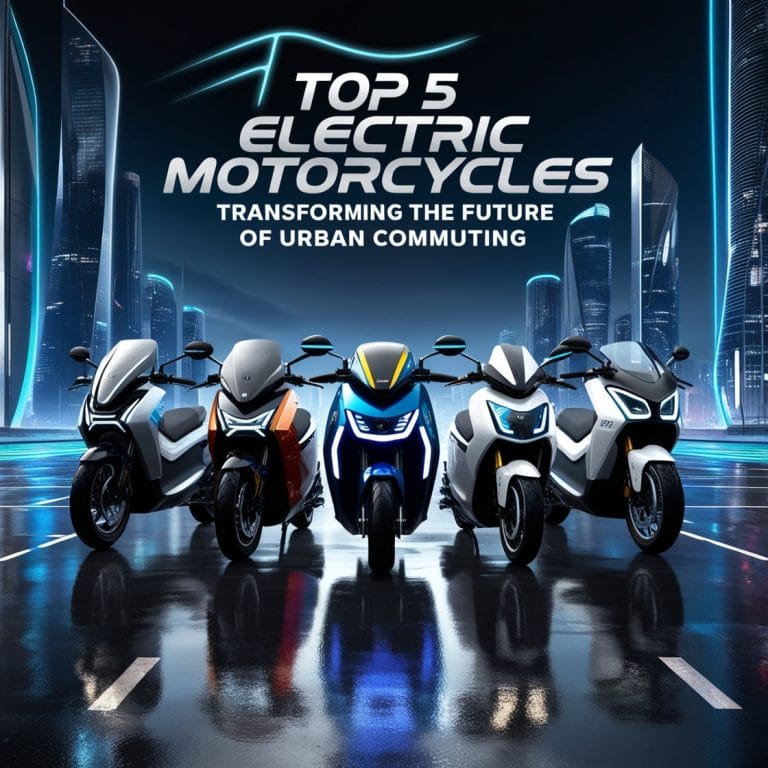
Hybrid Technology Advancements 2024: The Evolution of Combustion and Electric – Hybrid technology, a bridge between traditional internal combustion engines and fully electric vehicles, has undergone significant advancements in recent years. As the automotive industry embraces sustainability and seeks to reduce environmental impact, hybrids have evolved to offer improved efficiency, performance, and a smoother transition towards electrification. In this article, we explore the key developments in hybrid technology, highlighting the evolution of both combustion and electric components.

The Dual Powertrain System: Marrying Combustion and Electric Power
Hybrid vehicles operate on a dual powertrain system, combining an internal combustion engine with an electric motor and a battery. This hybridization allows for seamless switching between the two power sources based on driving conditions, optimizing fuel efficiency and reducing emissions.
Parallel and Series Hybrids: Tailoring Performance to Needs
Hybrids come in different configurations, with the two primary types being parallel and series hybrids. In a parallel hybrid, both the internal combustion engine and electric motor can directly power the vehicle. In series hybrids, the internal combustion engine acts as a generator, charging the battery that powers the electric motor. The versatility of these configurations allows manufacturers to tailor performance to meet specific driving needs.
Regenerative Braking Systems: Capturing Energy During Deceleration
One of the key advancements in hybrid technology is the implementation of regenerative braking systems. During braking or deceleration, the electric motor operates in reverse, acting as a generator to convert kinetic energy into electrical energy. This harvested energy is then stored in the battery for later use, contributing to overall energy efficiency.
Lithium-Ion Batteries: Powering the Electric Component
The evolution of hybrid technology is closely tied to advancements in battery technology. While earlier hybrid models often used nickel-metal hydride (NiMH) batteries, modern hybrids increasingly utilize lithium-ion batteries. These batteries offer higher energy density, faster charging times, and longer electric-only driving ranges, enhancing the overall performance of hybrid vehicles.
Electric-Only Modes: Enhancing Fuel Efficiency
Recent hybrid models have introduced electric-only driving modes, allowing the vehicle to operate solely on electric power for a certain distance. This feature enhances fuel efficiency, especially in urban settings where lower speeds and frequent stops enable extended electric-only operation.
Predictive Energy Management: Intelligent Power Distribution
Advancements in hybrid technology include predictive energy management systems. These systems use data from navigation systems, traffic conditions, and driver behavior to optimize the distribution of power between the internal combustion engine and the electric motor. The result is a more intelligent and efficient use of both power sources. (Read More: Connected Cars 2024: The Intersection of Automotive and Technology)
Integration of Advanced Driver Assistance Systems (ADAS): Enhancing Safety

Hybrid vehicles increasingly incorporate Advanced Driver Assistance Systems (ADAS). These systems use sensors and cameras to enhance safety by providing features such as lane-keeping assistance, adaptive cruise control, and collision avoidance. The integration of ADAS complements the efficiency gains of hybrid technology with improved driving safety.
Plug-In Hybrid Electric Vehicles (PHEVs): Extended Electric Range
The emergence of Plug-In Hybrid Electric Vehicles (PHEVs) represents a notable advancement. PHEVs feature larger battery capacities and can be charged externally, allowing for an extended electric-only range. This shift offers consumers the flexibility to drive on electric power for longer distances before relying on the internal combustion engine.
Government Incentives: Encouraging Hybrid Adoption
To promote the adoption of hybrid technology, many governments around the world offer incentives such as tax credits, rebates, and access to carpool lanes. These incentives make hybrids more attractive to consumers, further contributing to the evolution and widespread acceptance of hybrid vehicles.
Automaker Commitments to Electrification: Paving the Way for the Future
Many automakers have committed to extensive electrification plans, with hybrids serving as an integral part of the transition towards fully electric fleets. These commitments highlight the strategic role hybrids play in the broader context of the automotive industry’s shift towards sustainability.
Conclusion article Hybrid Technology Advancements 2024: The Evolution of Combustion and Electric
In conclusion, the evolution of hybrid technology signifies a significant step in the automotive industry’s journey towards sustainability.* By seamlessly blending combustion and electric power, hybrids offer a practical solution to reduce emissions and enhance fuel efficiency. With continuous advancements in battery technology, powertrain configurations, and intelligent systems, hybrids are not just a transitional technology but a pivotal component in the ongoing transformation of the automotive landscape. As automakers innovate and consumers increasingly embrace environmentally conscious choices, hybrid vehicles are poised to play a vital role in shaping the future of mobility.
Read More : Hybrid Technology Advancements 2024: The Evolution of Combustion and Electric








1 thought on “Hybrid Technology Advancements 2024: The Evolution of Combustion and Electric”
Comments are closed.